Freedom research
Freedom a light cured fluoride releasing compomer with superior strength, polishability and handling characteristics.
Performance
- Tate W H, You C, Powers J M., Bond Strength of Compomers to Human Enamel. Operative Dentistry ; 2000, 25, 283-291.
- Freedom, The Dental Advisor, Vol. 15, No. 8 1998.
- Duke S E, New Compomer Restorative Materials: Background & Indications, The University of Texas Health Science Center.
- Silva K G, Pedrini D, Delbem A C B, Cannon M; Effect of pH Variations in a Cycling Model on the Properties of Restorative Materials; Operative Dentistry, 2007, 32-4, 328-335.
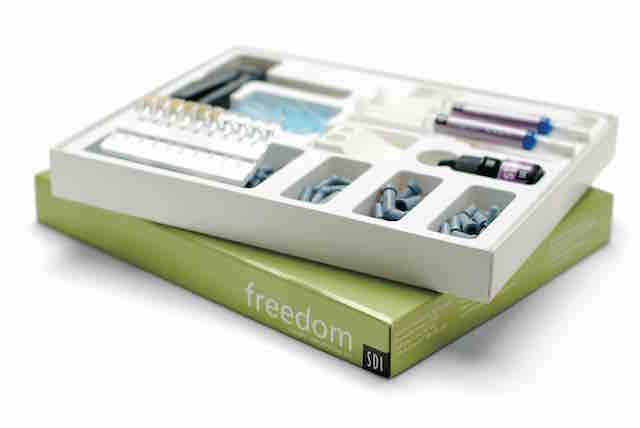
Performance
Tate W H, You C, Powers J M., Bond Strength of Compomers to Human Enamel. Operative Dentistry; 2000, 25, 283-291.
The study evaluated the tensile bond strength between human enamel and seven compomer restorative systems under different bonding conditions. Seven compomers were bonded to human tooth structure with and without phosphoric acid etching of the bonding surface, with and without the use of their recommended combined primer and bonding agent and with both moist and wet bond interface environments. Overall, the highest bond strengths to human enamel were attained using phosphoric acid, conditioning primers and moist bonding surfaces.
Table 4: Effect of Surface Treatment and Bonding Agent on the Tensile Bond Strength of Compomers to Human Enamel
| Condition | |
| H3PO4 | yes |
| Primer | yes |
| Surface | moist |
| Compomers | |
| F2000C | 25.1 |
| Comp F ‡ | 20.3 |
| Dyract | 20.7 |
| Dyract AP | 19.6 |
| Hytac | 18 |
| F2000 | 16.9 |
| Freedom | 28.1 |
H3PO4 yes Primer yes Surface moist
Compomers F2000C 25.1 Comp F ‡ 20.3 Dyract 20.7 Dyract AP 19.6 Hytac 18 F2000 16.9 Freedom 28.1
*Mean bond strengths with standard deviations in parentheses (n = 5) are listed in MPa. Turkey-Kramer intervals for comparisons of means at the 0.05 significance level among products, between etching with phosphoric acid (H3PO4) or not etching (none), between using adhesive and not using adhesive (none), and between moist and wet enamel were 2.8, 1.0, 1.0, and 1.0 MPa, respectively.
† F2000 Compomer Prime/Adhesive – Clicker Dispenser (F2000), Syntac Single-Component (Compoglass F), Prime&Bond 2.1 (Dyract, Dyract AP), OSB Bonding Agent (Hytac), Single Bond (F2000), STAE (Freedom).
‡ Compoglass F.
Bonded restorations can reduce clinical problems, such as post-operative sensitivity, marginal staining and recurrent carries by preventing microleakage at the restoration tooth surface. Freedom achieved the highest bond strength to human enamel.
Performance
Freedom, The Dental Advisor, Vol. 15, No. 8 1998.
Freedom is a compomer recommended for restoring cervical lesions, Class III and V and small Class I and II lesions, and primary teeth. It received an 86% rating.
Freedom was evaluated by eighteen consultants and received an 86% approval rating. The most highly rated features of Freedom were its ease of use and shade match to teeth. It is easy to place and has good handling characteristics. Bulk reduction is easily accomplished. Consultants also praised the delivery system, firmness of the material supplied in each complet. Sixty-two percent of consultants felt that Freedom performed as well as or better than their present compomer, 53% stated that they would recommend it, and 41% said they would switch from their current brand.
Performance
Duke S E, New Compomer Restorative Materials: Background & Indications, The University of Texas Health Science Center.
Tooth coloured restorative materials have undergone an immense evolution over the past 30 years in dentistry. From early formulations of direct chemically activated filling resins, today dentists find themselves faced with an assortment of materials with differing activation systems, compositions, delivery mechanisms, and claims for use. Is there any wonder the average clinician is confused, to say the least, when it comes to making an informed decision on the use of these materials? Contributing the most to this confusion is a lack of sound scientific studies that may provide evidence for decision making with the newer classes of materials. Without an understanding of clinical efficacy, there can be no validated guidelines or parameters for clinical selection. Thus, the dentist must make decisions based upon personal experiences, advice from colleagues, or rely upon the recommendations made by dental manufacturers. This article will focus on a recently new, tooth coloured restorative, the “Compomer”, with the aim of providing available knowledge that may help clinicians make informed decisions on where they and their patients may best benefit from this new class of restorative material.
Freedom was applied to the dentin surface, this was done to place a “dentin substitute” up to the level of the dentino-enamel junction followed by a composite. The compomer is characterized as having physical properties more consistent with dentin than the composite .
Performance
Silva K G, Pedrini D, Delbem A C B, Cannon M; Effect of pH Variations in a Cycling Model on the Properties of Restorative Materials; Operative Dentistry, 2007, 32-4, 328-335.
This study evaluated the effect of cycling various pH demineralizing solutions on the surface hardness, fluoride release and surface properties of restorative materials (Ketac-Fil Plus, Vitremer, Fuji II LC, Freedom and Fluorofil). Thirty specimens of each material were made and the surface hardness measured. The specimens were randomized into five groups according to the pH (4.3; 4.6; 5.0; 5.5 and 6.2) of the demineralizing solution. The specimens were submitted to pH cycling for 15 days. The specimens remained in the demineralizing solution for six hours and in the remineralizing solution for 18 hours. Then, the surface hardness (SH) was remeasured and the surface properties were assessed. Fluoride release was determined daily. Data from SH and the percentage of alteration in surface hardness was analyzed by analysis of variance (p<0.05); the Kruskal-Wallis test was performed for the fluoride release results.
Freedom was one of the products used to represent the polyacid-modified resin composite (compomer) category. The study had concluded that the variation in the pH of the demineralizing solution for pH-cycling did not alter the hardness and surface characteristics of Freedom.
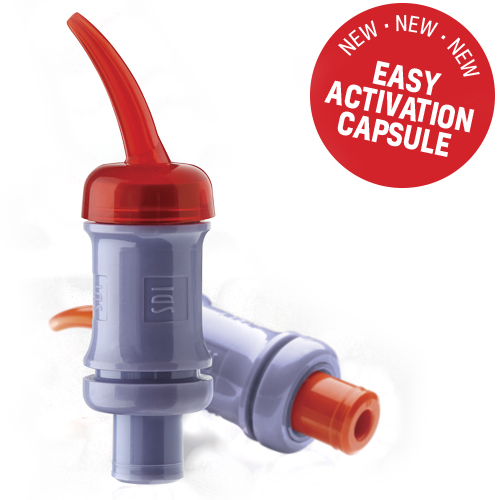
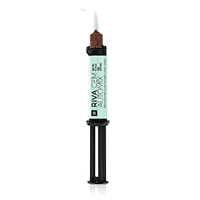
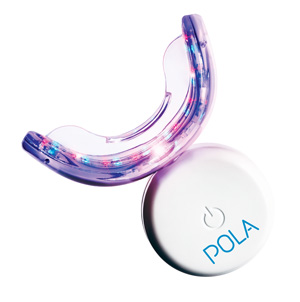
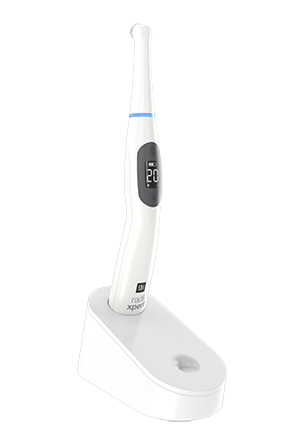
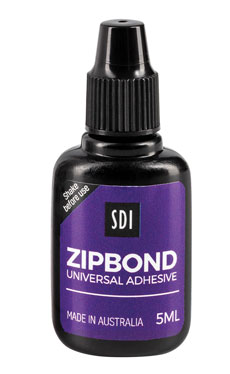


 New Zealand -
New Zealand - 
 United States -
United States -  Canada -
Canada -  Canada -
Canada -  Central/South America -
Central/South America -  Brazil -
Brazil - 
 United Kingdom -
United Kingdom -  Ireland -
Ireland -  Germany -
Germany -  France -
France -  Italy -
Italy -  Spain -
Spain -  Poland -
Poland -  Portugal -
Portugal -  Czech Republic -
Czech Republic -  Other European countries -
Other European countries - 


